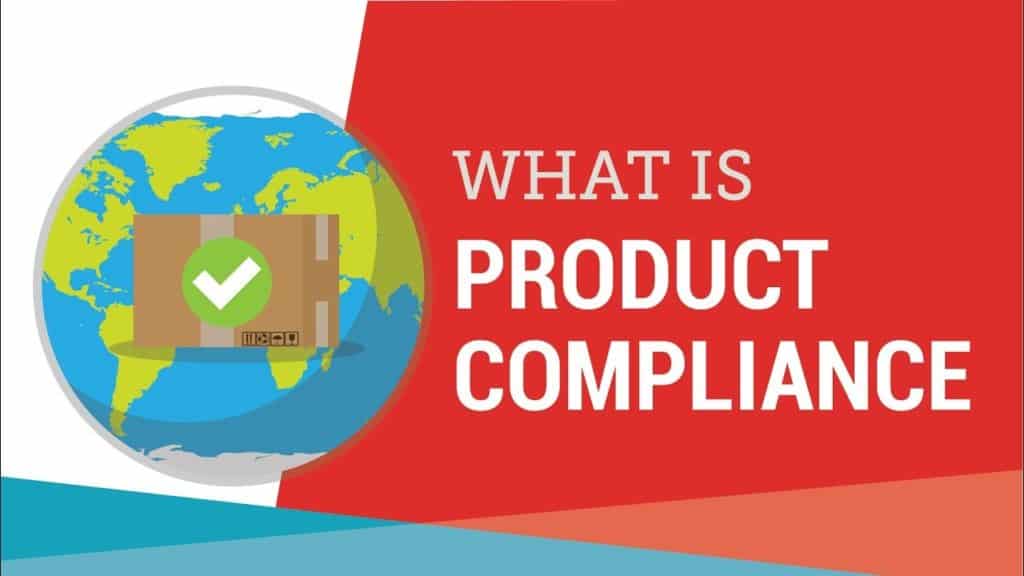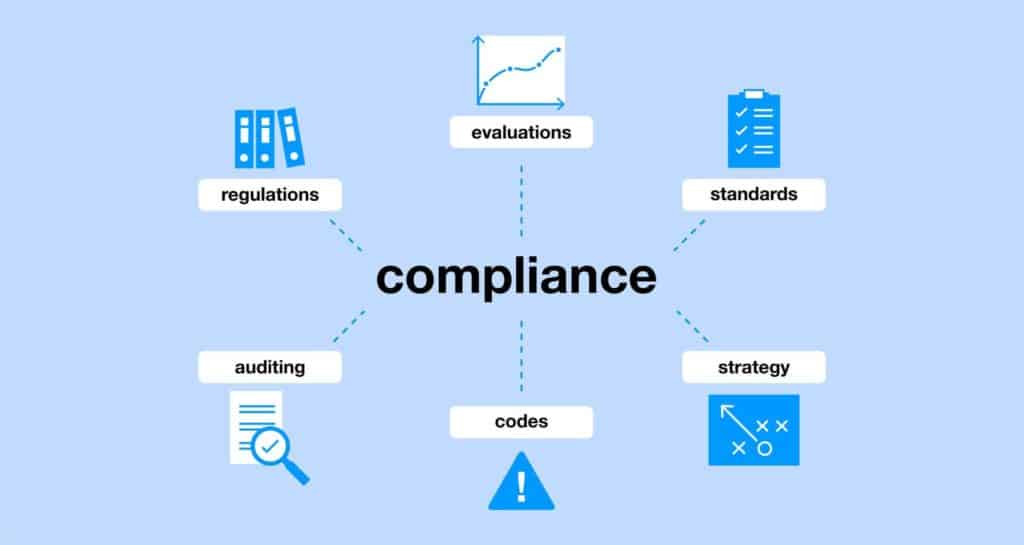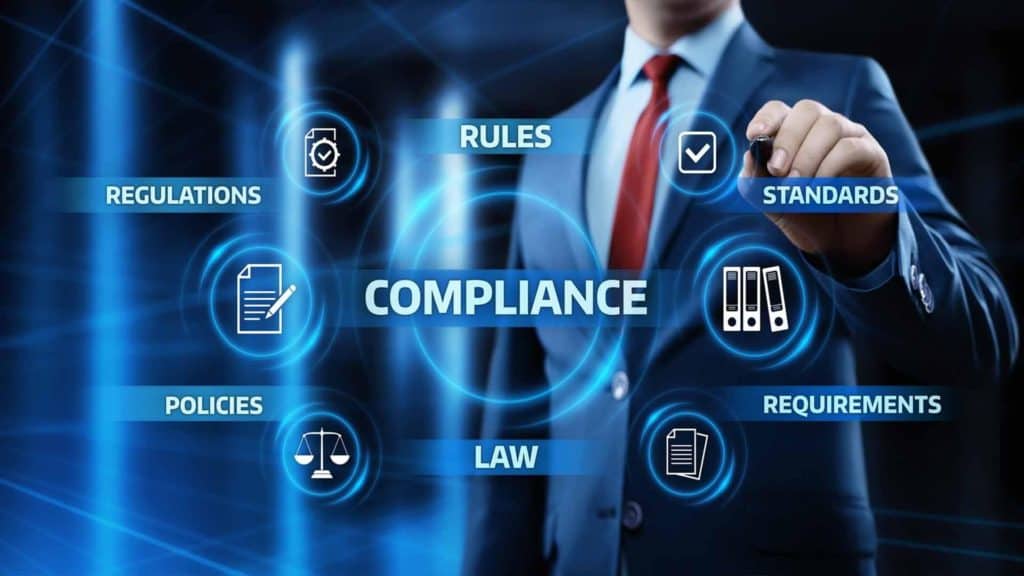Product Compliance refers to the essentiality of the requirements of the items made by keeping in mind the legal necessities. This article will share all the necessary details that you need to know when it comes to product compliance but why people need to know about it, especially the manufacturers. We have collected important data for the sake f your ease. So you don’t have to look anywhere else in search of the information that can help you get to know all about it.
What is Product Compliance?
To introduce an item to the market, companies must take on numerous tasks and activities to ensure their products are adaptable with a massive range of terms and conditions. Tolabelcreate compliant products, companies need to modify themselves according to the changes necessary for manufacturers to make the best items required and popular among the target audience.
This method is known as product compliance. It compasses a range of due diligence measures, such as reporting on chemicals and compacted substances found in items, product certification requirements, and increased producer responsibility tasks.
Companies with things that are non-compliant with these non-compliant are the major types of regulatory requirements that you should be well aware of. Just have a look and find out what you need to remember when it comes to compliance products.

Types of Product Regulatory Requirements to Follow
Following are some significant types of product regulatory requirements that one should remember so the best quality product would come into the market. Have a look and make sure that whenever you are dealing with a new product. You have made sure all these things there to be followed.
1) Product-Specific Safety Standards
Product safety regulations set product safety standards that manufacturers of particular items must fall in with. They are planned to help stop and control the probability of events and injuries from utilizing these items. The product-specific safety standards include the nature of the product and its performance.
For instance, formation, details, production, design, creation, finish, or packaging must test the items during and after completion, the form, and content of any markings, warnings, or instructions on the thing. It also includes delivering an item that fails to come up to the applicable product safety standard violations of the Fair Trading Act and is illegal.
2) Substance Regulation
Multiple standards are interlinked to things such as lead, chemicals, and other substances that can affect the health and safety of the community. Regulated substance refers to an element, composition, alloy, solution, or substance which, when released into the environment, may be the reason for severe outcomes to the public health or benefit or the setting.
While manufacturers are making a product, it is necessary to keep in mind whether the item is safe for the usage of the community and doesn’t have any hazardous side effects. If a company is making such products that are considered a danger to the public, it would be severe and illegal actions must be taken against the authorities.
3) Requirements for Documentation
A requirement for documentation states the item you are about to build: It tells the purpose of the thing, its features, advantages, and how it is used. You also need a few documents to ship with the item that you will send to the buyer. These are just statements that your things go along with all necessary regulations in the state of importation. You are supposed to work concurrence with your cargo forwarder to contain these documents with your shipment whenever required.
4) Requirements for Labeling
Requirements for labeling are necessary as they are mainly utilized to ensure consumer safety and that a given item was made to meet industry standards. Suppose you are making an item for a given industry, for instance, consumer electronics. In that case, you should be looking for particular compliance standards for the sake of commercially manufacture and sell such products.
Your industry should have links and significant resources that can help the producers educate them on industry requirements. As the labeling requirements vary, it is substantial to determine the nature of the product made and then look for the options you have to label on it.
5) Requirements for Testing
To fulfill the relevant substance requirement, companies need to send the product that they made to a lab or a third-party inspection service. So they can inspect the items and let you know whether or not there are any changes required.
These inspections help you know that the product has proper labeling and comes up to the level of safety standards. This aspect saves you from massive trouble that many sellers can encounter as they can modify the product before delivering it.

Importance of Voluntary Standards
The Consumer Product Safety Act directs the Consumer Product Safety Commission to depend on voluntary standards rather than provide an essential standard when removing or controlling the risk of injury.
When creating and manufacturing your product, you should remember to contact a voluntary standards organization that may have standards for your product or have standards in place for products that are just like yours.
If you are making a new product in an advanced product category, there may not be voluntary safety standards that mainly describe your product. Still, there may be standards for similar products that may be important to you. Most importantly, these standards are significant because they make sure that the safety and health of the consumer would not be compromised.
Significant Steps to Take for Product Compliance
For the sake of successful manufacturing of a product, it must fulfill the essential criteria of the community’s standards, so in the end, people receive the finest quality of the item that comes up to the excellence level of everyone. To ensure that one has this, a few steps need to be taken and remembered. Check them out to know what you need to do at an organizational level.
1) Remain on Track with Altering Laws and Regulations
Product compliance is a constant process of scanning for modified laws and regulations, recognizing the areas in which it affects your company, changing policy and its practical implementation, and examination. Ensure to find which laws and regulations are necessary to be applied to your organization and always embrace these adaptations. When you’re ready for constant changes, you don’t feel annoyed when new laws are enforced.
2) Involve Professionals
There is this possibility that small and under-developed organizations will break laws by mistake, so to stop this, make sure that the firm is transparent in its functioning. It is also suggested to hire professionals or involve experts to ensure that everything is working fine. This lets owners and the workforce ask for suggestions when required to provide actions and procedures that are compliant.
3) Arrange Planned Internal Audits
Planned internal audits are the best ways to uncover insufficient and unproductive methods that can be the reason for non-compliance. These audits may emphasize the economic, operational, technological, or regulatory areas of the organization. It is significant that an internal auditor is independent when analyzing compliance and applies commonly accepted auditing standards.
4) Ensure that the Workforce is Following the Procedures
The organizational policy is not worth anything if the workforce does not follow it. There are times when employees don’t go for the new policy, and there is reluctance in their behavior when following the latest practices in their day-to-day tasks. It’s essential to involve HR in this process.
Most significantly, ensure to communicate company policy and procedures in the best way possible. Initially, you need to ensure that they are well documented and accessible whenever required, both digitally and physically.
Apart from that, ensure that the workforce understands why specific policies and methods are the way they are or why they have to be adapted. It may also be vital to apply employee training on how to modify procedures correctly. You may want to think about using a reward system for workers who comply and develop sanctions in case of violations.
5) Usage of the Right Software
Providing the best product regulatory compliance without the correct tools makes the job very complicated. Organizations that have access to the right product compliance software in place will operate by keeping in mind the laws and controlling human errors risks.
Good compliance software has built-in tools for planning documents and producing audit trails via automatic processing to easily verify compliance. It helps clients get or remain in control of business methods and supports end-to-end compliance with environmental laws.

Advantages of Product Compliance for your Business
Below are some advantages of product compliance, so have a look and find out what they are.
1) Easy Collaboration
Allocating and deallocating tasks among team members are highly simplified. Users can give status updates, share documents, exchange comments within the compliance management system.
Significant compliance information is no longer scattered across your organization, and team members don’t have different versions or more than a single copy of a similar document. This helps ensure everyone knows what they want about their compliance tasks and controls the time needed to collect and distribute vital information.
2) Provides Visibility into Product Compliance
Conventionally, non-compliance requires to be manually found by quality technicians and reported to managers. Thus, any communication gaps can have grave outcomes. A compliance management system provides managers and administrators a comprehensive view of compliance levels and performance across the whole organization through custom reports and personalized real-time dashboards. These features give them extraordinary visibility into the status and performance of their compliance efforts.
3) Automates Compliance Process
Ensuring compliance requires a lot of tedious, boring tasks that can be tough, time-consuming, and there is the possibility of human error. A compliance management system automates most methods, such as task scheduling, compliance monitoring, etc., and assists productivity and accuracy. As an outcome, you can put your resources to better use and stress the things that matter.
4) Reduces Operational Costs
Product compliance doesn’t always come along with a cost. In reality, with the help of a correct system in order, one can save money. It automates compliance monitoring and removes the need to invest in more personnel and resources. But it also dynamically tracks regulatory changes and flags risks before they hurt you economically. It also controls the chances of human error and failure that may lead to fines and penalties.
5) Uplift Customer Satisfaction
Having a proper compliance management solution in order also leads your business to show your commitment to the progress and enhancement of systems and methods by setting rules for your customers’ advantage.
By guiding your business put your customers as a center of attraction of everything you do; a compliance solution helps instill confidence in your organization and encourage loyalty, leading to more customers.
Final Words
There is no doubt that product compliance is necessary if a company needs to flourish and mark their name in the industry in which they belong. Proper and regulated product compliance is essential and helpful in numerous ways. In case you are working on a new product and thinking about introducing it into the market.
You must keep all the above points in mind to achieve product regulatory compliance. We hope that the above information will be sufficient for you to know all about the critical things that organizations need to understand when implementing the proper steps of product compliance.
